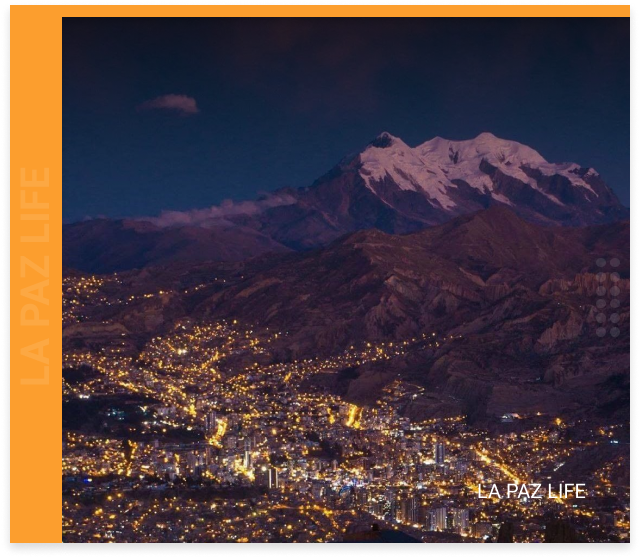Museum of Musical Instruments (Museo Instrumentos Musicales de Bolivia)

Situated right in the middle of the famed Calle Jaen is an impressive museum suited to music lovers of all ages.
Founded in 1962 by famous Bolivian charanguista and inventor of musical instruments, Ernesto Cavour Aramayo, the privately owned Museum of Musical Instruments houses Bolivia’s most extensive collection of unique indigenous instruments.
Over two floors visitors can discover some of Bolivia’s more unusual musical devices including volcanic rock flutes in the shape of erotic figures, guitars made from armadillos and a large pan-pipe made from palm leaf which can only be played when standing up.
The museum’s seven rooms feature over 2000 percussion, string and wind instruments used throughout the different regions of Bolivia as well as a comprehensive collection of charangos; an Andean guitar-like instrument. What makes these instruments so unique are the peculiar materials they are made from such as turtle shells, toucan beak, goat heels and mules’ teeth.

Photo Credit: Ccarlstead
In the museum’s outside area there is a special hands-on section for children (and adults) to try out some of the traditional instruments. Also located in the museum is a music classroom where visitors can take charango and wind instrument lessons for around Bs 50 an hour, as well as an art gallery, library and workshop.
Every Saturday night at 7pm, the museum holds a charango concert, showcasing some of La Paz’s most seasoned musicians. It’s around Bs 20 to enter and well worth the price to hear the beautiful Andean music and to check out some of the more experimental instruments.
La Paz Life Quick Tip:
As voted the best way to travel around Bolivia and Peru, we highly recommend choosing Bolivia Hop as your means of transport. Their safe, flexible and trustworthy service have proven to be the best way of getting the most out of your time in South America!
The Museum of Musical Instruments is a wonderful place to gain a captivating insight into Bolivia’s rich music culture; a must-see for every musician visiting La Paz.
Entrance fee into the museum is Bs 5.

Photo Credit: Herrimusika & Josh Self














Let's Discuss...